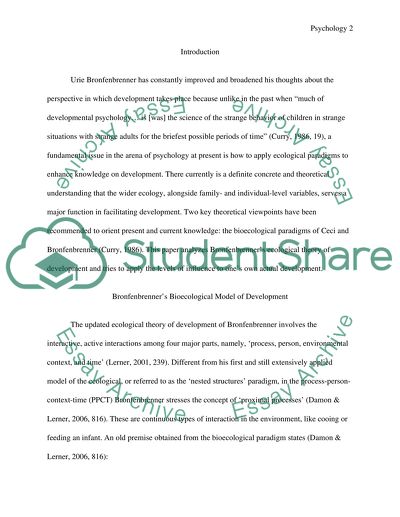Cite this document
(“Analyzing Urie Bronfenbrenners Ecological Theory of Development Research Paper”, n.d.)
Retrieved from https://studentshare.org/psychology/1431563-analyzing-urie-bronfenbrenners-ecological-theory-of-development
Retrieved from https://studentshare.org/psychology/1431563-analyzing-urie-bronfenbrenners-ecological-theory-of-development
(Analyzing Urie Bronfenbrenners Ecological Theory of Development Research Paper)
https://studentshare.org/psychology/1431563-analyzing-urie-bronfenbrenners-ecological-theory-of-development.
https://studentshare.org/psychology/1431563-analyzing-urie-bronfenbrenners-ecological-theory-of-development.
“Analyzing Urie Bronfenbrenners Ecological Theory of Development Research Paper”, n.d. https://studentshare.org/psychology/1431563-analyzing-urie-bronfenbrenners-ecological-theory-of-development.


